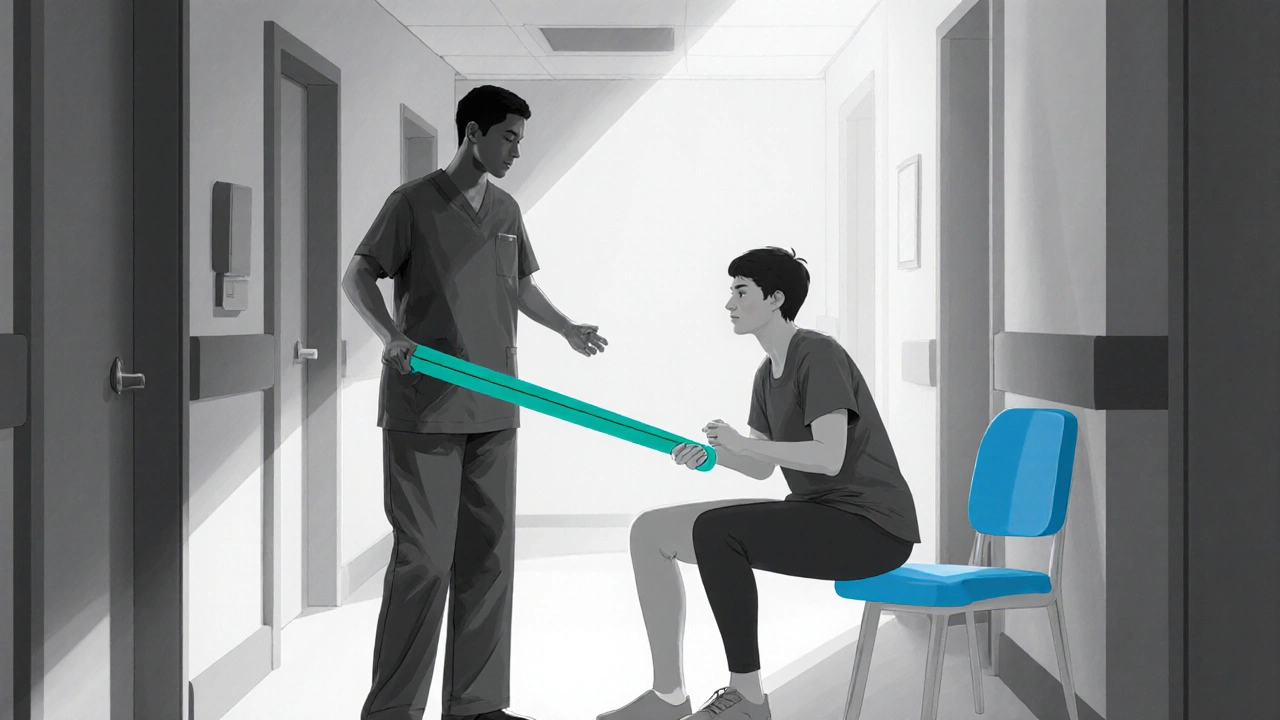Blood Cancer: Types, Treatments, and What You Need to Know
When we talk about blood cancer, a group of cancers that start in blood-forming tissues like bone marrow and lymphatic system. Also known as hematologic cancer, it disrupts the normal production of blood cells, leading to abnormal growth that can spread through the bloodstream. Unlike solid tumors, blood cancer doesn’t form a lump—it quietly takes over your bone marrow, crowding out healthy red cells, white cells, and platelets. This is why symptoms like fatigue, frequent infections, and unexplained bruising often show up long before a diagnosis.
There are three main types: leukemia, cancer of the white blood cells that starts in bone marrow, lymphoma, a cancer of the lymphatic system that affects lymph nodes and immune cells, and multiple myeloma, a cancer of plasma cells in the bone marrow that weakens bones and impairs kidney function. These aren’t just names—they’re different diseases with different causes, treatments, and outcomes. For example, chronic lymphocytic leukemia (CLL) often progresses slowly and may not need treatment right away, while acute myeloid leukemia demands fast, aggressive therapy. Some people live years with manageable blood cancer; others face intense treatment cycles. The key is knowing which type you’re dealing with.
What you’ll find in the articles below isn’t just a list of drugs or clinical trials—it’s real, practical guidance. You’ll see how caregivers support patients with CLL, how drug resistance like pomalidomide resistance changes treatment paths, and how newer therapies compare to older ones. These posts don’t just explain science—they show you what it looks like day to day: managing side effects, understanding test results, choosing between treatment options, and knowing when to ask for help. There’s no fluff. No jargon. Just clear, honest info from people who’ve been there.
Physical Therapy’s Impact on Blood Cancer Recovery: How Rehab Improves Outcomes
Discover how physical therapy helps blood cancer patients recover faster, manage side effects, and improve quality of life during and after treatment.
READ MORE
